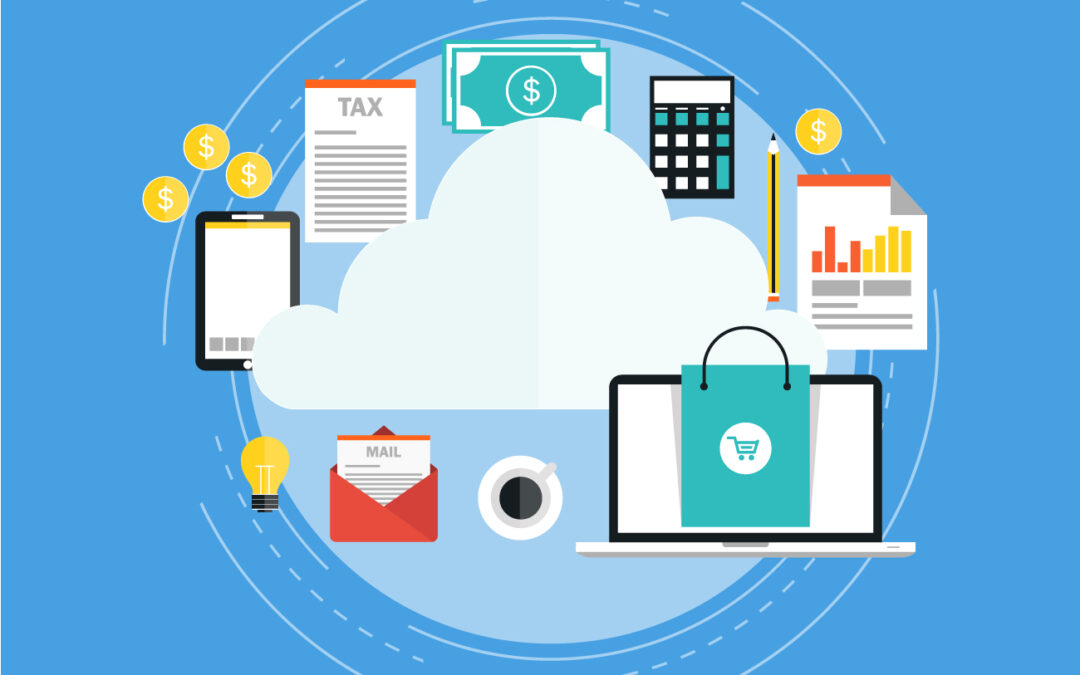In today’s fast-paced business environment, procurement management stands as a critical function for organizations aiming to control costs, optimize supplier relationships, and ensure smooth operations. One of the often-overlooked yet fundamentally important areas within procurement management is the synchronization of procurement and accounts payable (AP). Aligning these two vital departments is not just a matter of operational convenience — it is a strategic imperative that drives financial accuracy, supplier satisfaction, and compliance.
This comprehensive article delves deep into why syncing procurement and accounts payable is essential, explores the challenges and benefits of integration, and offers actionable strategies to streamline processes. Whether you’re a procurement professional, finance leader, or business owner, understanding this synchronization will empower you to enhance your procurement management and optimize overall financial health.
What is Procurement Management?
Procurement management refers to the strategic process of acquiring goods and services from external suppliers, ensuring value for money, timely delivery, and compliance with policies. It encompasses various activities, including vendor selection, contract negotiation, purchase order creation, and invoice processing.
Efficient procurement management aims to balance cost, quality, and risk while fostering strong supplier relationships. In many companies, procurement teams manage the buying process, while the accounts payable department handles payment processing and financial reporting. When these two functions operate in silos, it can lead to discrepancies, delays, and even fraud.
The Role of Accounts Payable in Procurement Management
Accounts payable (AP) is responsible for processing invoices, ensuring timely payments, maintaining vendor records, and reconciling financial data. The AP team plays a critical role in maintaining cash flow, managing credit terms, and safeguarding against payment errors or fraud.
In the context of procurement management, accounts payable acts as the financial gatekeeper. However, without close integration with procurement, AP teams might receive inaccurate or incomplete data, resulting in payment delays, duplicate payments, or disputes with suppliers.
Why Synchronizing Procurement and Accounts Payable is a Business Necessity
1. Ensures Accurate Financial Reporting
When procurement and accounts payable are out of sync, financial data becomes fragmented. Purchase orders might not match invoices, or goods receipt records might be missing. This disconnect complicates financial reconciliation and undermines the accuracy of budget tracking and forecasting.
Synchronization enables real-time data sharing and automated matching of purchase orders, receipts, and invoices — a process known as the three-way match. This not only enhances the reliability of financial reports but also supports audit readiness and regulatory compliance.
2. Reduces Payment Errors and Fraud
A major risk in procurement management is the possibility of paying incorrect invoices or even fraudulent vendors. Integrating procurement and AP systems creates checkpoints that verify the authenticity and validity of invoices before payment approval.
Automated workflows ensure invoices correspond to authorized purchase orders and goods received, drastically reducing duplicate payments and fraud risks.
3. Improves Supplier Relationships
Prompt and accurate payments improve supplier trust and can lead to better terms, discounts, and collaboration opportunities. When procurement and accounts payable work together seamlessly, organizations can ensure on-time payments and faster dispute resolution, enhancing supplier satisfaction.
4. Boosts Operational Efficiency
Manual reconciliation and error correction consume time and resources. Synchronization through digital procurement and AP tools automates workflows, eliminates paperwork, and frees teams to focus on strategic tasks such as supplier negotiations and cost optimization.
5. Supports Strategic Procurement Management
The ability to analyze spend patterns, supplier performance, and payment terms depends on integrated data. Synchronization empowers procurement managers with actionable insights that drive smarter sourcing and better contract management.
Common Challenges When Procurement and Accounts Payable Are Not Synced
-
Data Silos and Inconsistencies: Lack of unified data leads to mismatched records and manual corrections.
-
Invoice Processing Delays: AP teams struggle to verify and approve invoices without procurement input.
-
Disputes and Payment Errors: Unclear communication leads to frequent disputes with suppliers.
-
Compliance Risks: Fragmented controls increase the risk of non-compliance with corporate policies and regulations.
-
Resource Drain: Increased workload due to manual tasks and error corrections.
How Technology Facilitates Syncing Procurement and Accounts Payable
Digital transformation plays a pivotal role in enabling procurement management synchronization with AP:
1. Procure-to-Pay (P2P) Systems
These platforms integrate the entire procurement cycle from requisition to payment, automating workflows, approvals, and reconciliations. Popular solutions include:
2. Electronic Invoicing (E-Invoicing)
E-invoicing digitizes invoice exchange, reducing errors and speeding approvals. It supports automated three-way matching and real-time status tracking.
3. Supplier Portals
Supplier self-service portals improve communication, allowing suppliers to submit invoices, track payment status, and resolve issues promptly.
4. Integration with ERP Systems
Linking procurement and AP modules within an ERP ensures unified financial and operational data for seamless reporting and control.
Steps to Successfully Sync Procurement and Accounts Payable
1. Establish Clear Roles and Processes
Define the responsibilities of procurement and AP teams clearly. Set standards for purchase order creation, invoice submission, and approval workflows.
2. Implement Unified Technology Platforms
Adopt integrated software that supports end-to-end procurement and AP processes, ideally with real-time data sharing and automated matching capabilities.
3. Standardize Purchase Orders and Invoices
Ensure all purchase orders include detailed specifications and that suppliers follow standard invoice formats to simplify processing.
4. Conduct Regular Training and Communication
Educate teams on policies, system use, and collaboration importance. Encourage cross-departmental communication to resolve issues quickly.
5. Monitor KPIs and Conduct Audits
Track key metrics such as invoice processing time, payment accuracy, and supplier satisfaction to identify areas for improvement.
Best Practices for Procurement Management to Enhance Syncing
-
Leverage Data Analytics: Use spend analysis to identify cost-saving opportunities and negotiate better terms.
-
Implement Workflow Automation: Automate repetitive tasks such as invoice approvals and payment runs.
-
Prioritize Supplier Collaboration: Maintain open communication channels and feedback loops with suppliers.
-
Adopt Compliance Controls: Enforce internal policies and regulatory requirements through system-enforced rules.
-
Continuous Improvement: Regularly review processes and technologies to optimize synchronization.
Impact of Syncing Procurement and Accounts Payable on Business Growth
Synchronizing procurement and accounts payable transforms procurement management from a transactional operation into a strategic asset. By enhancing transparency, accuracy, and efficiency, organizations can:
-
Reduce working capital tied up in payables
-
Improve cash flow management
-
Mitigate financial risks and fraud
-
Strengthen supplier partnerships and market competitiveness
-
Empower procurement teams with actionable insights for better sourcing decisions
Conclusion
The need to sync procurement and accounts payable is no longer optional but essential for organizations aiming for excellence in procurement management. Integration between these functions drives financial accuracy, operational efficiency, and stronger supplier relationships — all critical to sustaining competitive advantage.
Investing in integrated technologies, standardized processes, and cross-functional collaboration creates a foundation for effective procurement management that supports long-term business success. Organizations that embrace this synergy will experience improved cash flow, reduced risks, and enhanced strategic value from their procurement functions.






